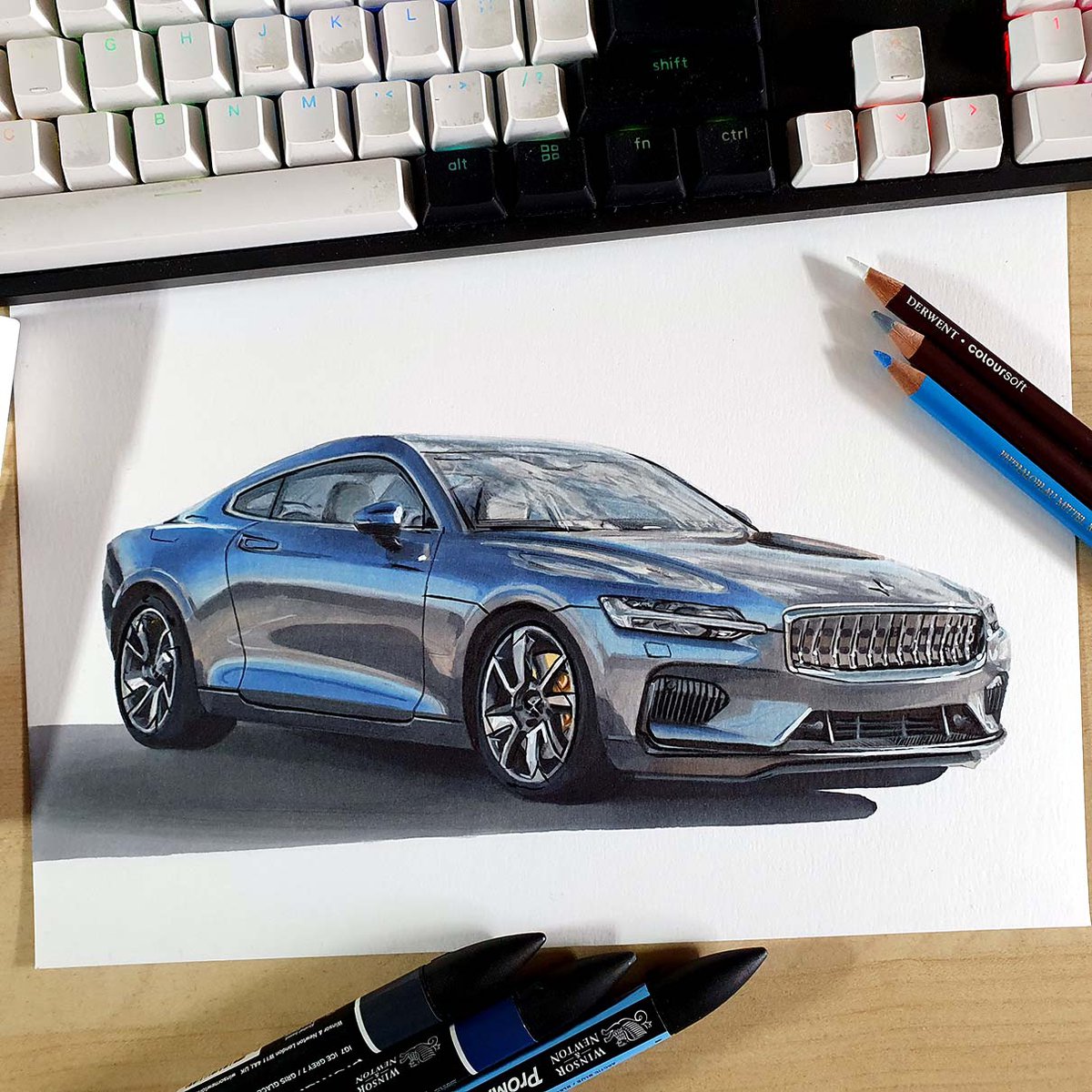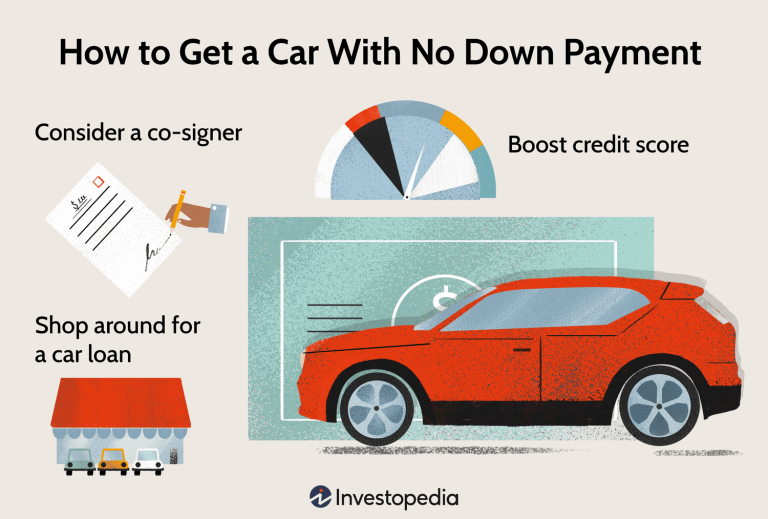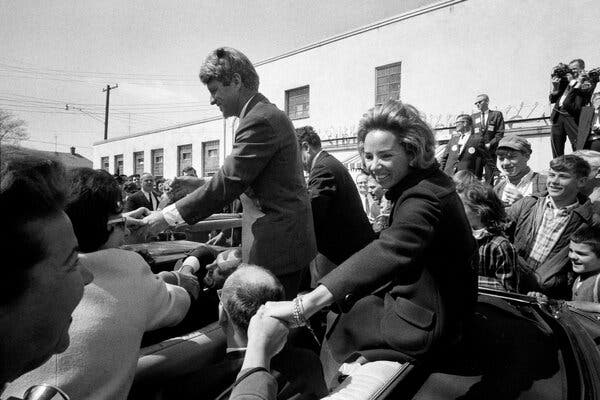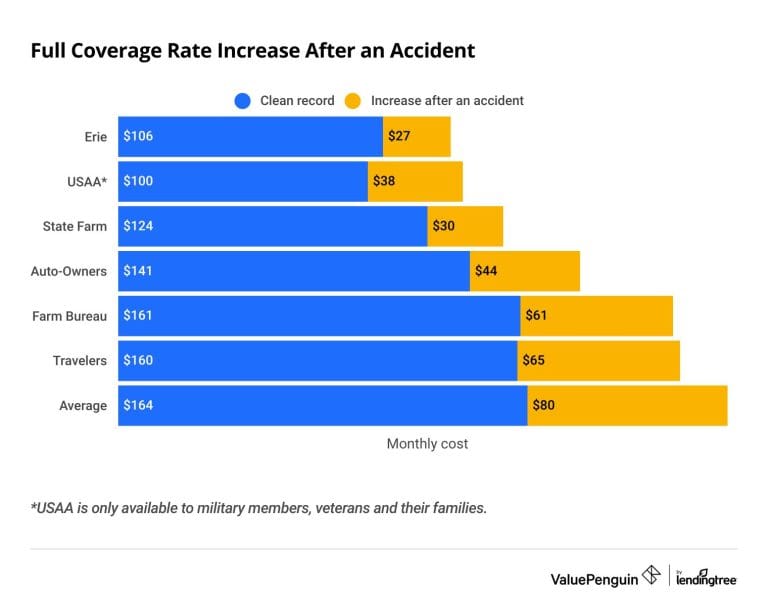How to Draw Cars Realistic: Master Techniques and Tips
Drawing realistic cars can seem daunting. But with practice, anyone can do it.
In this guide, we’ll explore the basics of drawing cars realistically. From understanding proportions to mastering shading, we’ll cover essential techniques. Drawing cars isn’t just about lines and shapes; it’s about capturing the essence of their design. Whether you’re a beginner or looking to improve, this guide will help you develop your skills.
By focusing on key details and practicing regularly, you’ll see improvement. So grab your pencils and let’s dive into the art of drawing realistic cars. It’s a rewarding journey that combines creativity and precision. Ready to start? Let’s go!
Choosing The Right Tools
Use good quality paper for your drawings. Thicker paper works best for shading. Choose pencils with different hardness. H pencils are hard and light. B pencils are soft and dark. Start with an H pencil for outlines. Use a B pencil for details and shadows. Invest in a kneaded eraser. It can lighten areas without smudging.
Consider using a drawing tablet. Tablets offer precise control. Many artists prefer Wacom tablets. Use software like Adobe Photoshop or Corel Painter. These programs have many useful features. They allow for layers and undo actions. Digital tools can save time. Practice using both pencils and digital tools. Each has its benefits.

Credit: www.youtube.com
Understanding Car Anatomy
Getting the right proportions is key. Cars have specific ratios that make them look real. Start by observing real cars. Notice the length, width, and height. Draw a simple box. This box helps in keeping the car size accurate. Measure the box. Compare it with parts of the car.
Every part of the car should fit within this box. Think about the wheels. The wheels should match the height of the box. The windows should fit within the box too. This way, the car will look realistic and well-proportioned.
Cars are made of different shapes. Use basic shapes to start. Draw circles for wheels. Draw rectangles for the body. Add curves for the roof and hood. These basic shapes form the car’s structure.
Next, draw smooth lines to connect the shapes. This creates the car’s outline. Straight lines work for edges. Curved lines work for the car’s sleek parts. Focus on smooth and clean lines. This will make the car look more realistic.
Sketching Basics
Start with a light sketch. Use simple shapes like circles and rectangles. These shapes help form the car’s body. Keep lines gentle and avoid pressing hard. Sketch the wheels as circles. Draw the body as a rectangle. Add guidelines for the car’s windows and doors. Focus on the basic shape of the car. Don’t worry about details yet.
After the rough sketch, refine the outline. Darken important lines and make the shapes clearer. Add details like the headlights and grille. Smooth out curves and make the car look more real. Check the proportions and adjust if needed. Add details to the wheels and windows. Erase unnecessary lines to clean up the drawing.

Credit: dragoart.com
Perspective And Angles
Start with a simple car shape. Draw a horizon line and a single vanishing point. All lines should lead to this point. This method helps create depth. Use light lines to sketch the car body. Add details like windows and tires. This technique makes the car look real and 3D.
Practice drawing cars from different views. Front, side, and back views are key. This helps understand the car’s shape better. Try drawing a car from a high angle. Next, draw from a low angle. Observe how the car looks different. Each angle offers a new challenge.
Adding Details
Focus on the shape of the headlights. Headlights should look round or oval. Draw small circles inside for bulbs. Grills can be tricky. Make sure they have lines or patterns. Use shading to add depth. Dark lines help to show shadows. Light lines show highlights. This makes the car look more real. Take your time to add these details.
Start with a circle for the wheel. Draw smaller circles inside for the rim. Tires should be thick and round. Add tread patterns for realism. Use dark and light shades. Dark shades show depth. Light shades show highlights. Make sure wheels are the same size. This keeps the car looking balanced. Practice makes perfect. Keep drawing until you get it right.
Shading Techniques
Understanding light and shadow is key in drawing cars. Light sources create highlights on the car’s surface. Shadows form where light is blocked. Observe real cars. Notice where light hits and where shadows fall. Use a soft pencil to shade lightly. Press harder for darker shadows. This adds contrast and realism.
Textures make your car drawing more realistic. Smooth surfaces, like metal, should have even shading. Rough surfaces need small, random lines. Adding depth is important too. Draw thicker lines for parts closer to the viewer. Thinner lines work for distant parts. This technique gives your car a 3D look.
Coloring Your Car Drawing
Pick colors that match real cars. Red, blue, and black are popular. Use lighter shades for highlights. Darker shades create shadows. Test colors on a separate paper. This helps you see how they look. Choose three to four main colors. This keeps the drawing simple and clean.
Blending makes colors smooth. Use a blending stick or cotton swab. Softly rub the edges of colors. This makes them mix well. Try layering colors. Start with light colors. Add darker shades on top. Blend each layer gently. Use small circles while blending. This helps create a smooth look.
Final Touches
Adding final touches brings your car drawing to life. Refine details like shadows, highlights, and reflections for realism.
Highlighting Edges
Highlighting the edges brings the drawing to life. Use a white pencil or eraser to create highlights. Focus on areas where light hits the car. These highlights add depth and realism. Be gentle and precise. Too much can ruin the effect. Less is more when it comes to highlights.
Adding Reflections
Adding reflections is key for a realistic look. Cars are shiny and reflective. Draw reflections on windows and metallic parts. Observe how light behaves on real cars. Use light strokes to show these reflections. Blend them softly into the car’s surface. This makes your drawing look polished and true to life.
Practice And Improvement
Drawing every day helps you get better. Start with simple shapes. Then, move to complex forms. Try to draw different cars. Spend at least 30 minutes daily. Use a sketchbook. Keep all your drawings. You will see your progress. Consistency is key. Do not skip days. Make it a habit. Enjoy the process.
Look at real cars. Observe details. Notice the curves and lines. Study car designs. Take photos of cars. Use them as references. Focus on proportions. Understand how light and shadow work. Look at different angles. Pay attention to the wheels. Notice reflections. Practice from real examples.

Credit: luukminkman.com
Frequently Asked Questions
How To Draw Realistic Cars Step By Step?
Start by sketching the basic shape. Add details like windows, doors, and wheels. Refine the lines, then shade for depth. Finish with highlights for realism. Practice regularly.
What Is The Easiest Car To Draw?
The easiest car to draw is often considered the Volkswagen Beetle. Its simple, rounded shapes and minimal details make it beginner-friendly.
Where Do I Start When Drawing A Car?
Start by sketching the car’s basic shape and proportions. Focus on the body outline first. Then, add details like wheels, windows, and lights. Use light strokes to easily make corrections.
How To Get Good At Drawing Cars?
Practice regularly, study real car images, and focus on details. Use online tutorials and join drawing communities. Experiment with different techniques and tools.
Conclusion
Drawing realistic cars is a rewarding skill. Practice often to improve. Focus on details and proportions. Use reference images for accuracy. Experiment with different techniques and tools. Stay patient and persistent. Enjoy the process of learning and creating. Each sketch will get better.
Share your drawings for feedback. Keep challenging yourself with new designs. Remember, every artist started as a beginner. Happy drawing!







